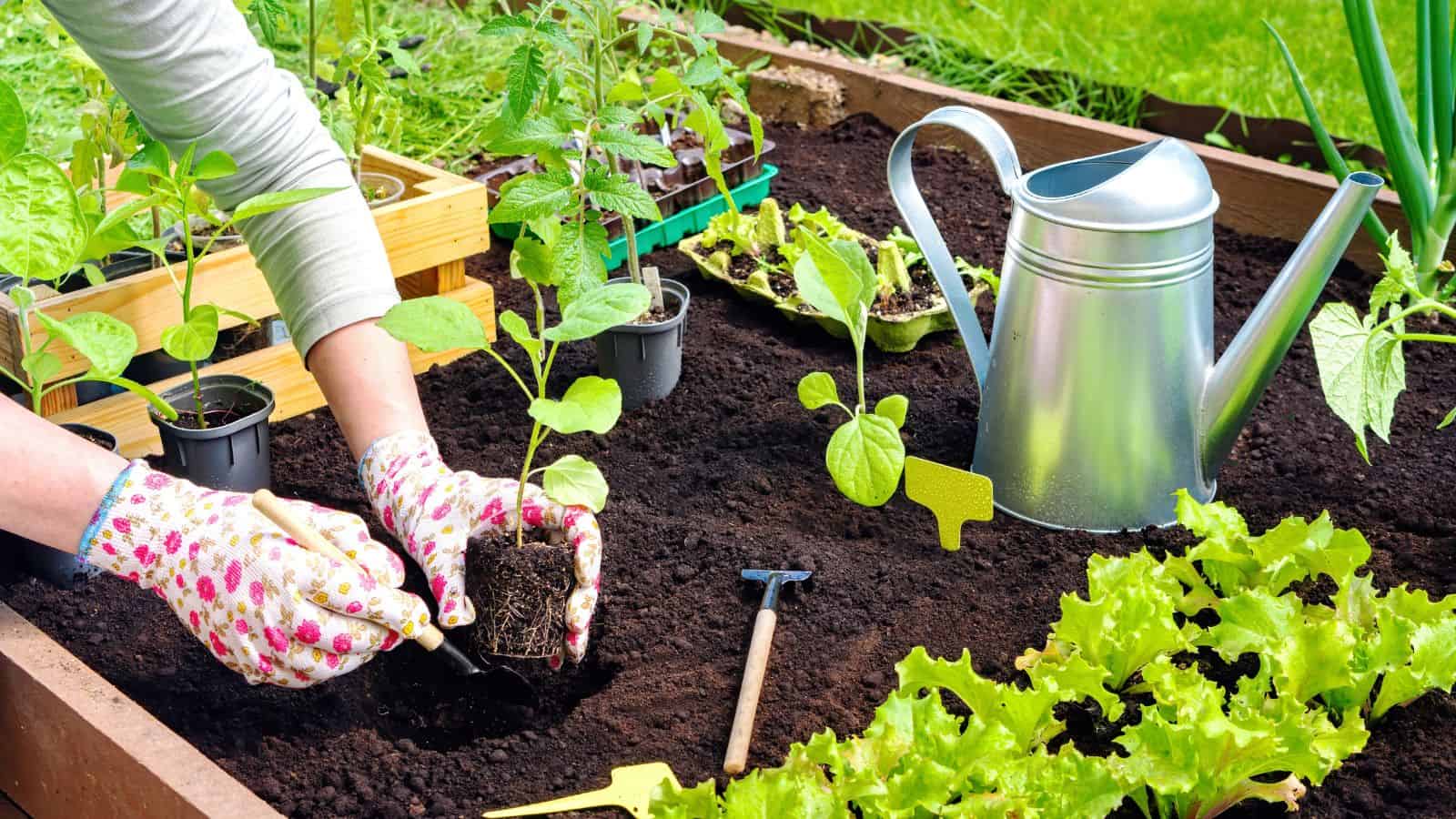Creating the perfect soil mix for your garden is essential for healthy plant growth. The right soil mix provides adequate drainage, nutrients, and structure, ensuring your plants thrive. Here’s a guide to help you create the ideal soil mix for your garden.

1. Understand Your Soil Type
The first step in creating the perfect soil mix is understanding the type of soil you have. Soil can be sandy, clayey, silty, peaty, or loamy. Each type has different characteristics and requires different amendments to create the perfect mix.
Soil Types:
- Sandy Soil: Drains quickly but doesn’t retain moisture well.
- Clay Soil: Retains water and nutrients but drains poorly and can become compacted.
- Silty Soil: Fertile and holds moisture but can compact easily.
- Peaty Soil: Acidic and rich in organic matter but can retain too much water.
- Loamy Soil: The ideal mix of sand, silt, and clay, providing good drainage and nutrient retention.
2. Improve Soil Drainage
Good drainage is crucial for plant health. Poorly drained soil can lead to root rot and other problems. To improve drainage, add coarse sand or perlite to your soil mix.
Drainage Tips:
- For Clay Soil: Add coarse sand or perlite to break up compacted soil and improve drainage.
- For Sandy Soil: Add organic matter like compost to increase water retention.
3. Enhance Soil Fertility
Your plants need nutrients to grow strong and healthy. Adding organic matter and compost to your soil mix improves fertility and provides essential nutrients.
Fertility Tips:
- Compost: Rich in nutrients and helps improve soil structure. Add a generous amount to your soil mix.
- Manure: Well-rotted manure adds nutrients and improves soil texture.
- Leaf Mold: Decomposed leaves provide a slow-release source of nutrients and improve soil structure.
4. Adjust Soil pH
Soil pH affects nutrient availability. Most plants prefer a slightly acidic to neutral pH (6.0-7.0). Test your soil’s pH and adjust it as needed.
pH Adjustment Tips:
- To Raise pH: Add lime or wood ash.
- To Lower pH: Add sulfur or peat moss.
5. Create a Balanced Mix
A balanced soil mix should have the right proportions of organic matter, sand, silt, and clay. A general guideline for a good soil mix is:
- 40% Sand: For good drainage.
- 40% Silt: For nutrient retention.
- 20% Clay: For structure and nutrient holding.
Example Mix:
- 1 part compost
- 1 part coarse sand or perlite
- 1 part garden soil
Mix these components thoroughly to ensure even distribution.
6. Add Soil Amendments
Soil amendments can enhance the properties of your soil mix, improving water retention, drainage, and fertility.
Common Amendments:
- Perlite: Improves drainage and aeration.
- Vermiculite: Helps with moisture retention.
- Coconut Coir: Enhances water retention and provides a lightweight alternative to peat moss.
- Bone Meal: Adds phosphorus for root development.
7. Regular Maintenance
Maintaining your soil mix is an ongoing process. Regularly test your soil and amend it as necessary to keep it healthy and fertile.
Maintenance Tips:
- Mulch: Add mulch to your garden beds to retain moisture and suppress weeds.
- Compost: Top-dress your garden with compost annually to replenish nutrients.
- Cover Crops: Plant cover crops in the off-season to improve soil health and add organic matter.
